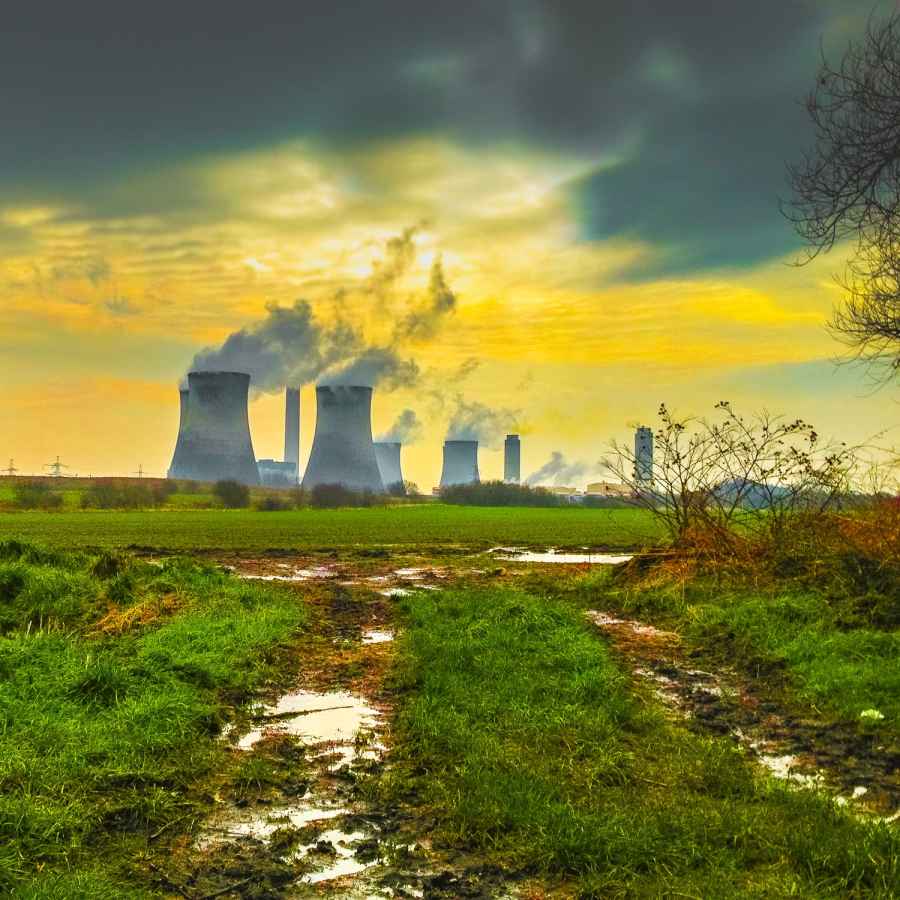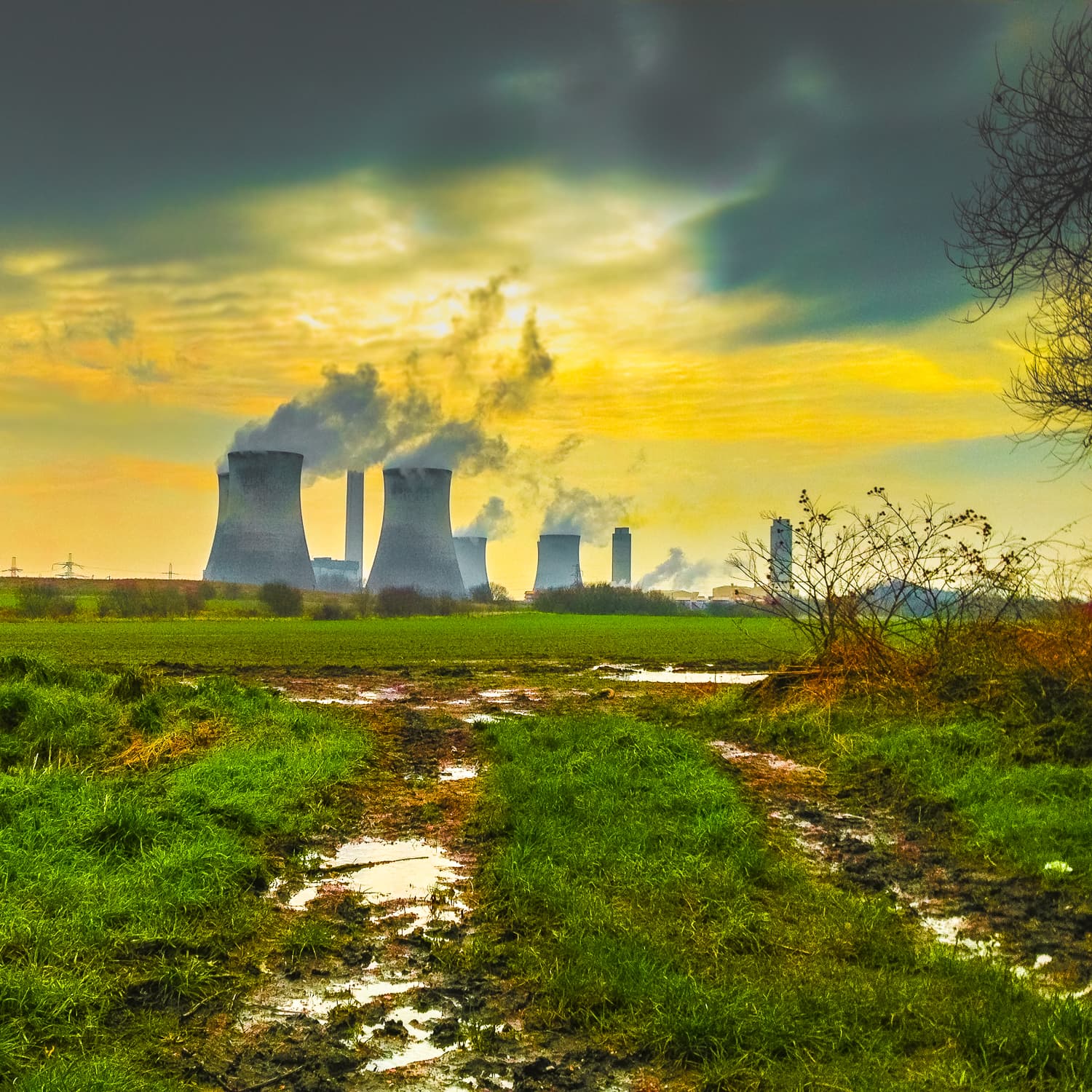
Last day of power
© Martyn James Bull 2016. All rights reserved.
Martyn James Bull has been documenting the landscape in the Thames Valley around Didcot for several years.
His current project Landscape focuses on the interplay between Didcot Power Station and the landscape of the surrounding area. His images juxtapose the industrial and the natural by showing the power stations within dramatically lit landscape imagery, to create photographs that are both striking and beautiful.
The project is currently being shown in a free exhibition, LANDSCAPE, at Vale & Downland Museum, Wantage, Oxfordshire, until 28 May 2016.
When we caught up with him recently to find out more about his project, he gave us insight into how the locations of the power stations were carefully plotted, and his plans follow in the footsteps of the original landscape architect, as inspiration for his Landscape images.
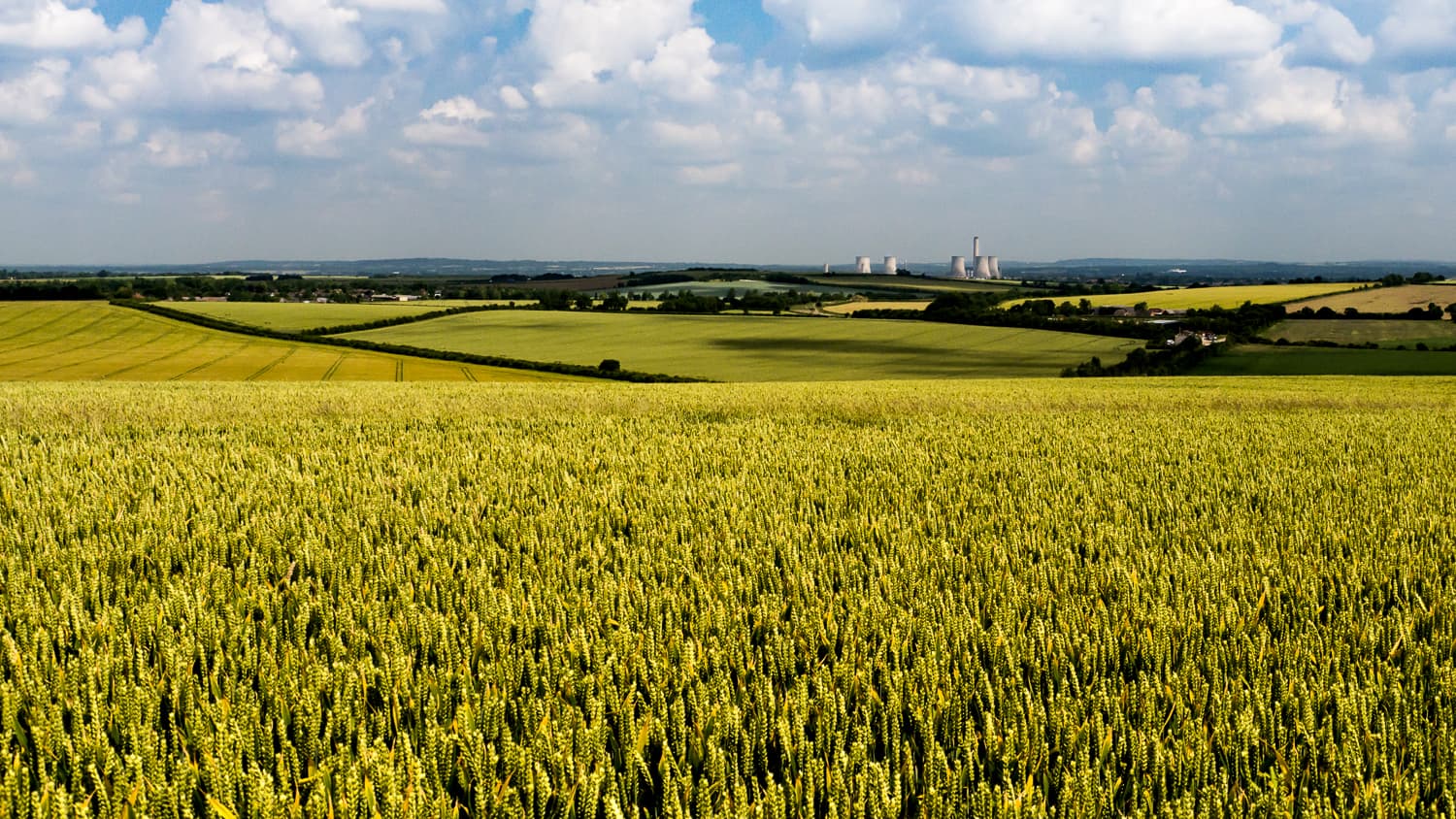
North from Ridgeway
© Martyn James Bull 2016. All rights reserved.
What is the exhibition about?
Works in this exhibition represent an ongoing project exploring the landscape of the Thames Valley surrounding Didcot, from White Horse Hill in the west to Lardon Chase in the east.
Didcot lies in the Thames Valley river plain south of Oxford, and is in an area with a long history and an understated beauty. To the south lie the Berkshire Downs, and to the east the Chiltern Hills. Both are designated Areas of Outstanding Natural Beauty, and the Ridgeway National Trail, one of the oldest-known roads in Europe, runs along the tops of the hills. There are also two little hills in the middle of the valley known as Wittenham Clumps.
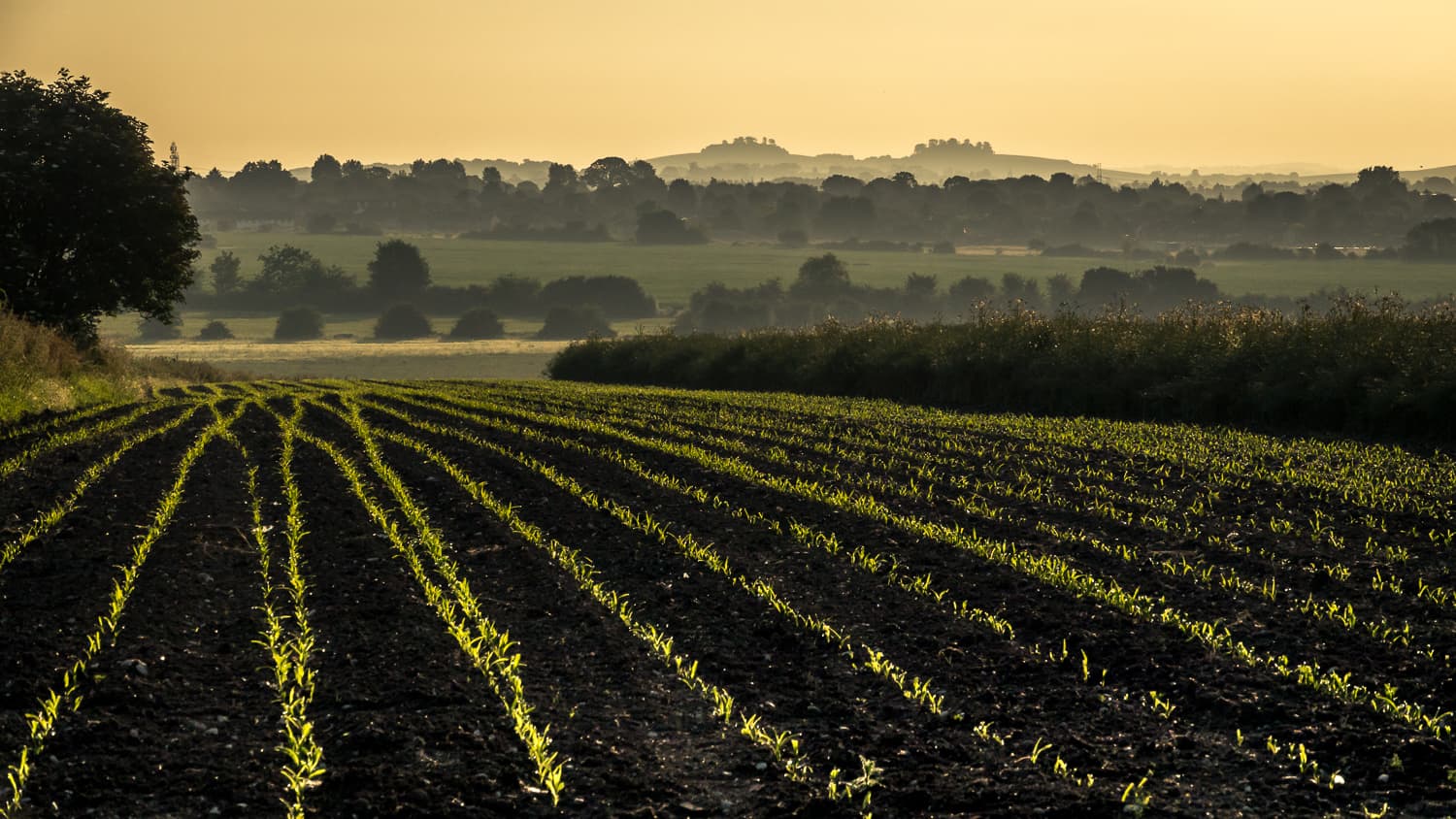
Wittenham Clumps from Harwell
© Martyn James Bull 2016. All rights reserved.
Over the past few years, many of my journeys around the valley have been inspired by a chance finding of an unusual 1960s map of the area created by landscape architect Frederick Gibberd.
Following in the footsteps of Gibberd has been a rewarding way of rediscovering a landscape I thought I knew well. The elegant layout of Didcot Power Station provides a natural focal point to the landscape, the weather and the seasons. The towers and chimneys somehow help to give the valley more definition and character, and an immediate awareness of location and orientation.

South Towers
© Martyn James Bull 2016. All rights reserved.
Where are the photographs taken?
Gibberd’s map identifies 20 viewpoints scattered across the valley from White Horse Hill in the west to Lardon Chase in the east, and also explains how the power station came to have its unusual layout of two groups of three cooling towers either side of the main generating buildings.
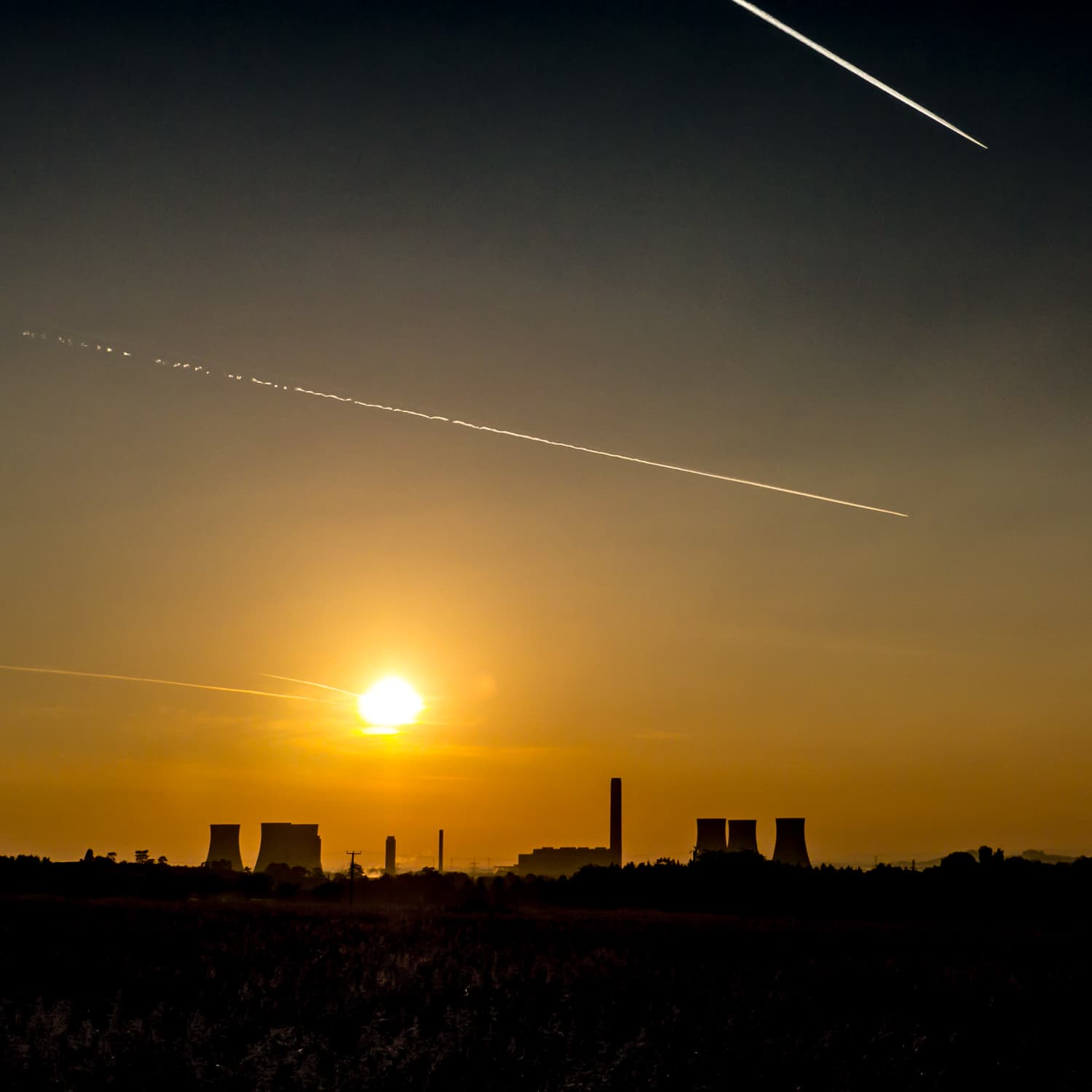
Solstice Sunrise
© Martyn James Bull 2016. All rights reserved.
Gibberd developed the map as a tool to determine the layout of Didcot Power Station in order to minimise the visual impact in the valley of such an enormous construction.
Writing alongside the map, Gibberd explains: ‘Eight towers in one group look extremely massive, particularly when viewed from the east or west. We decided, therefore, that the towers must be divided into two groups in order that the overall mass should be broken down and that the groups should be equal in size. Views from the Chiltern Hills and Wittenham Clumps suggest that the groups should be sited on a north-south axis in order to provide a gap between groups when seen from the east. There are also important views from the Berkshire Downs as far east as Gore Hill. We decided that if the tower groups are positioned on an approximate north-west to south-east axis, then the gap between the towers can be maintained for both view points.’
Alongside the map there are photographs from some of the viewpoints onto which Gibberd has carefully drawn how the power station would look from each location. I knew immediately that I had to track down the viewpoints, and I’ve used this project as a way to document the landscape of the valley.

West from Wittenham Clumps
© Martyn James Bull 2016. All rights reserved.
Finding all the viewpoints has been quite tricky. The road systems have changed, massive trees have appeared and disappeared, field boundaries altered, prominent buildings demolished, and some of the markings and descriptions on the map are just wrong. The distances between them mean that only small groups can be visited at a time, but that has ensured its own discipline and a good pacing to the project.

West from Britwell Hill
© Martyn James Bull 2016. All rights reserved.
What is your creative approach for this project?
Making the pictures for this project has been influenced by two things: massive skies, and the odd aspect ratio of Gibberd’s original old photos, which are in quite an unusual wide format.
I have found myself reacting to the environment and weather in ways that go beyond recreating the exact photograph that Gibberd took, and searching out viewpoints that I consider important or beautiful that he never even considered.
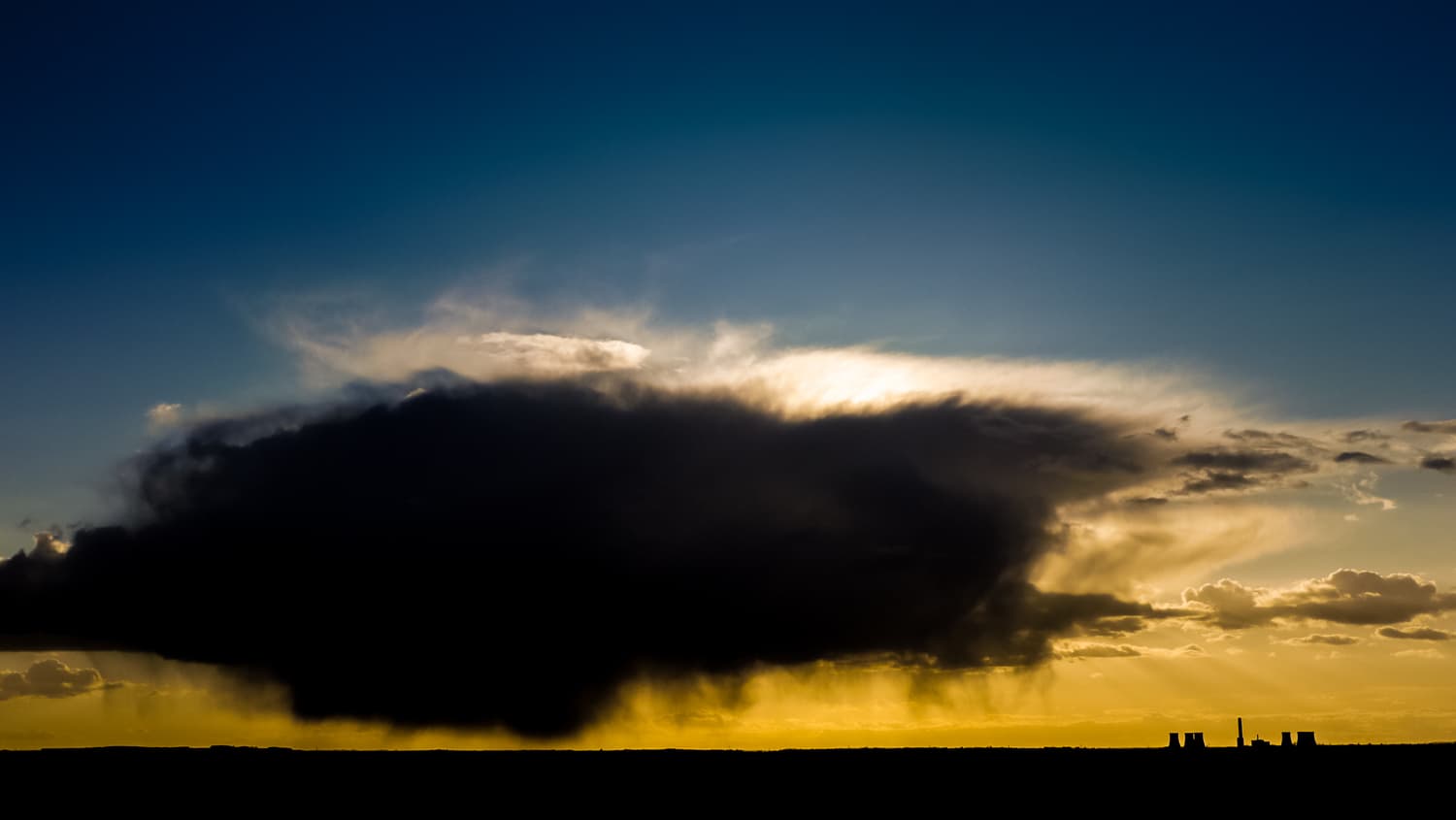
Storm in the Valley
© Martyn James Bull 2016. All rights reserved.
I have found a deep love of photographing in the 16:9 and 1:1 aspect ratios, composing for each separately, and using a mix of very wideangle, deep telephoto and occasionally fisheye lenses.
I have also found some wonderful vistas by following a rule to always turn around and photograph what is behind me.
By returning repeatedly to the same spots, and discovering new ones, I have developed a respectful sense of the long passage of time and the slowly changing seasons.
While the surface decorations of the valley constantly change year after year, the contours and masses of the valley seem to always reliably be the same.

North from Chain Hill
© Martyn James Bull 2016. All rights reserved.
What equipment do you use?
My primary camera is a Panasonic Lumix DMC-GH-2, which has a Micro Four Thirds sensor. I love this camera and its flexibility. It allows me to easily switch aspect ratios, and also to switch into HD recording, which I can do all from one set-up position.
Over the years, I have learnt so much about light, shadows, contrast and composition by having all these tools available from one set-up position, and switching between them.
I usually shoot from a tripod, as this helps me to slow down and consider the framing and watch for changes in the landscape that will affect the picture.

Wheatfields
© Martyn James Bull 2016. All rights reserved.
I also tend to shoot a variety of focal lengths from the same position. Originally, this was because I was trying to make a repeatable documentary record from each location, but now it’s just a good habit.
I use a circular polariser to deepen the hue of the sky, and I also like to use Formatt-Hitech blender ND filters to try to get the contrast across the scene good in camera, despite being able to do many things in Lightroom and Photoshop afterwards.
I also have a nice field-recording set-up so I can collect sound at the same time. It’s amazing how much the sound changes at each location during the seasons.

Britwell Hill
© Martyn James Bull 2016. All rights reserved.
LANDSCAPE, an exhibition by Martyn James Bull, is at the Vale & Downland Museum, Wantage, Oxfordshire, until 28 May 2016.
All works have been printed with Epson UltraChrome HDX wide-gamut inks on 308gsm Hahnemühle Photo Rag by theprintspace, London.
Martyn James Bull is a writer, filmmaker and photographer based in Didcot, Oxfordshire, with a deep love of science, technology, architecture and landscape.

